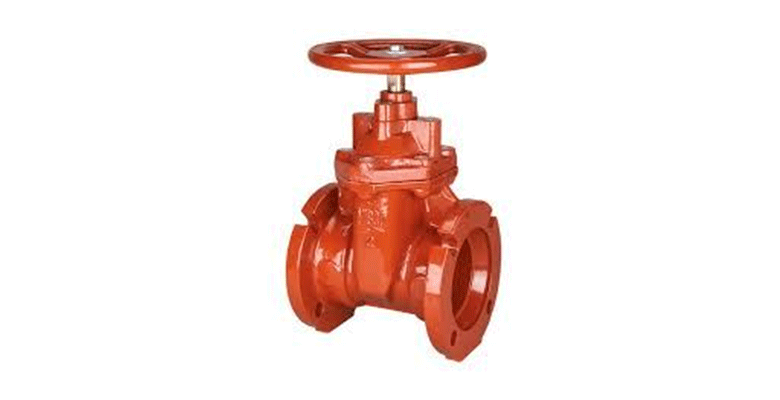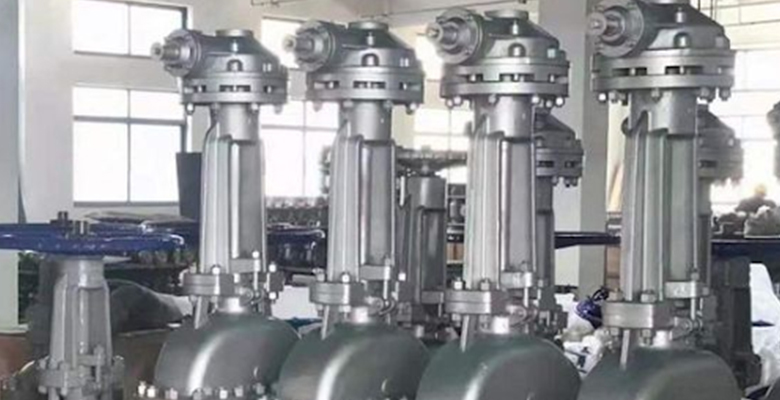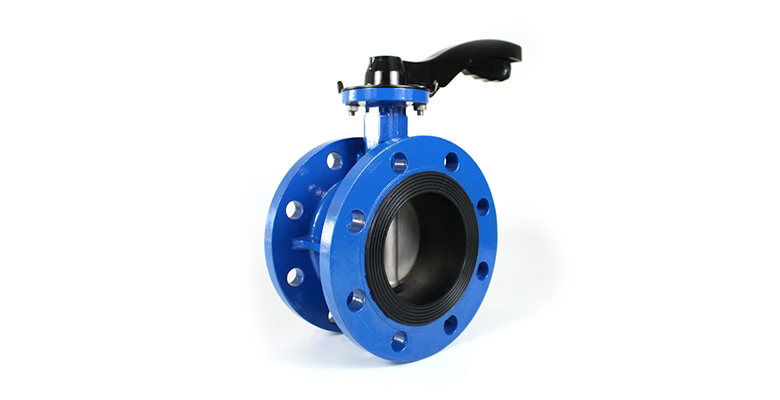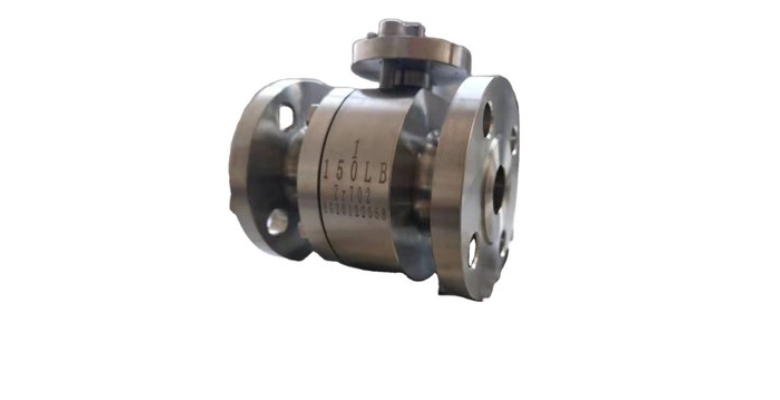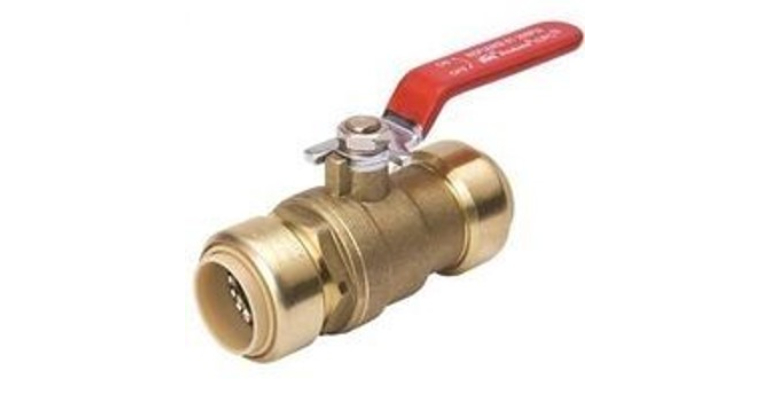When you hear the term “blow off valve,” what springs to mind? Most people might think of an exhaust system on a racecar, but a blow off valve actually has other important functions. In this blog post, we’ll explore what a BOV does and how it can improve your driving experience. Stay tuned!
What Does A Blow Off Valve Do
A blow off valve (BOV) is a safety feature used in turbocharged or supercharged engines. Its purpose is to relieve pressure that builds up in the engine’s intake manifold after the throttle closes. This pressure is called boost and can build up to as much as 30 pounds per square inch (psi). If it isn’t released, it can cause damage to the engine.
The blow off valve releases this pressure by venting it into the atmosphere through an external pipe. It does this when the throttle plate closes and the intake manifold vacuum reaches a certain level.
This prevents any boost from entering the intake manifold and damaging the engine. In turbocharged engines, it also allows for faster spooling of the turbocharger because there’s no longer any boost buildup in the intake manifold that needs to be bled out through a bypass valve.
What are the benefits of a blow-off valve?
A blow-off valve is a critical component of any turbocharged engine. Its primary purpose is to release pressure that has built up in the turbocharger system when the throttle is closed.
This helps to prevent damage to the turbocharger by relieving stress on the compressing wheel. In addition, a blow-off valve can improve engine performance by allowing the turbocharger to spool up more quickly when the throttle is reopened.
As a result, a blow-off valve can help to prolong the life of your turbocharged engine and improve its overall performance.
Does a blow-off valve increase horsepower?
When you install a blow-off valve, you might notice an increase in horsepower. But how does this happen? Essentially, a blow-off valve allows air to escape from the intake system when the throttle is closed.
This release of pressure can result in a slight increase in horsepower. In addition, a blow-off valve can improve engine efficiency by preventing compressor surge. When the throttle is closed, the airflow to the turbocharger is cut off abruptly.
This can cause the turbine to spin too fast, leading to compressor surge. By releasing pressure through the blow-off valve, this problem can be avoided. As a result, installing a blow-off valve can lead to both an increase in horsepower and improved engine efficiency.
Does a blow-off valve help the turbo?
A blow-off valve is a key component of a turbocharged engine, and it serves an important purpose. When the throttle is closed, the sudden drop in pressure can cause the turbo to spin too fast.
This can damage the bearings and shorten the life of the turbo. The blow-off valve prevents this by releasing the pressure build-up before it can damage the turbo. In addition, the blow-off valve helps to improve engine performance by increasing airflow and preventing compressor surge. As a result, a blow-off valve is an essential piece of equipment for any turbocharged engine.
Does a BOV require a tune?
A BOV will work with any size or style of turbocharger. It is also not necessary to have a separate tune for a BOV. In fact, most tuners will disable the BOV if it is present on the vehicle. The only time a BOV requires a tune is when it is installed on a non-turbocharged vehicle. In this case, the BOV will need to be tuned in order to prevent it from triggering the check engine light.
Can you put BOV on a non-turbo car?
You might be wondering if you can put a BOV on a non-turbo car. After all, they both have engines, so why not? Unfortunately, it’s not that simple.
While a BOV can improve the performance of a turbocharged engine, it will actually have the opposite effect on a non-turbocharged engine.
That’s because a BOV releases pressure from the turbocharger, and without a turbocharger, there is no pressure to release. So, if you’re looking to improve the performance of your non-turbocharged car, you’ll need to look elsewhere.
However, if you’re just looking to make your car sound more impressive, then go ahead and install a BOV. Your passengers will be impressed, even if your car’s performance isn’t.



